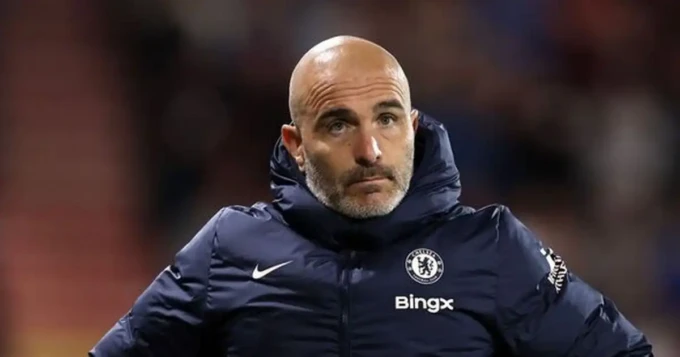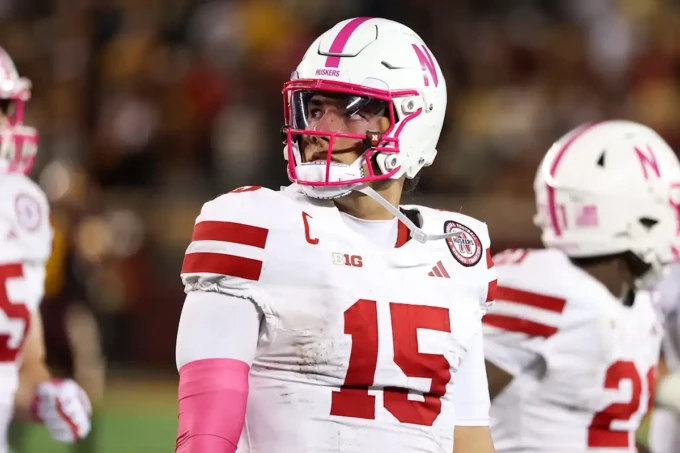The Brazilian Serie A has long been characterized by its intense competition, and this season has been no exception, with a notable surge in coaching changes across the league. In the first six rounds alone, five managers have been dismissed, underscoring the high-pressure environment that Brazilian football clubs operate within.
The trend began with Mano Menezes’ departure from Fluminense, followed by the sacking of Pedro Caixinha from Santos. Gustavo Quinteros of Grêmio and Ramón Díaz of Corinthians also faced the axe, with Fábio Carille of Vasco da Gama being the latest casualty after a disappointing loss to Cruzeiro. This rapid turnover highlights the demanding expectations placed on coaches in the Brazilian top flight.
Historically, the Brazilian league has exhibited one of the highest coaching turnover rates globally. Between 2003 and 2018, an average of 37.1 coaching changes occurred per season, a stark contrast to other major leagues where such frequent dismissals are uncommon.
In response to this trend, the Brazilian Football Confederation (CBF) implemented measures to curb the frequency of managerial changes. In 2021, a rule was introduced limiting clubs to a maximum of two coaching changes per season, aiming to promote stability and long-term planning within teams.
Despite these regulations, the pressure to achieve immediate results continues to drive clubs to make swift decisions regarding their coaching staff. The high turnover not only affects team performance but also impacts player development and the overall quality of the league. As the season progresses, it remains to be seen whether these measures will lead to greater managerial stability or if the cycle of rapid coaching changes will persist.












Leave a comment